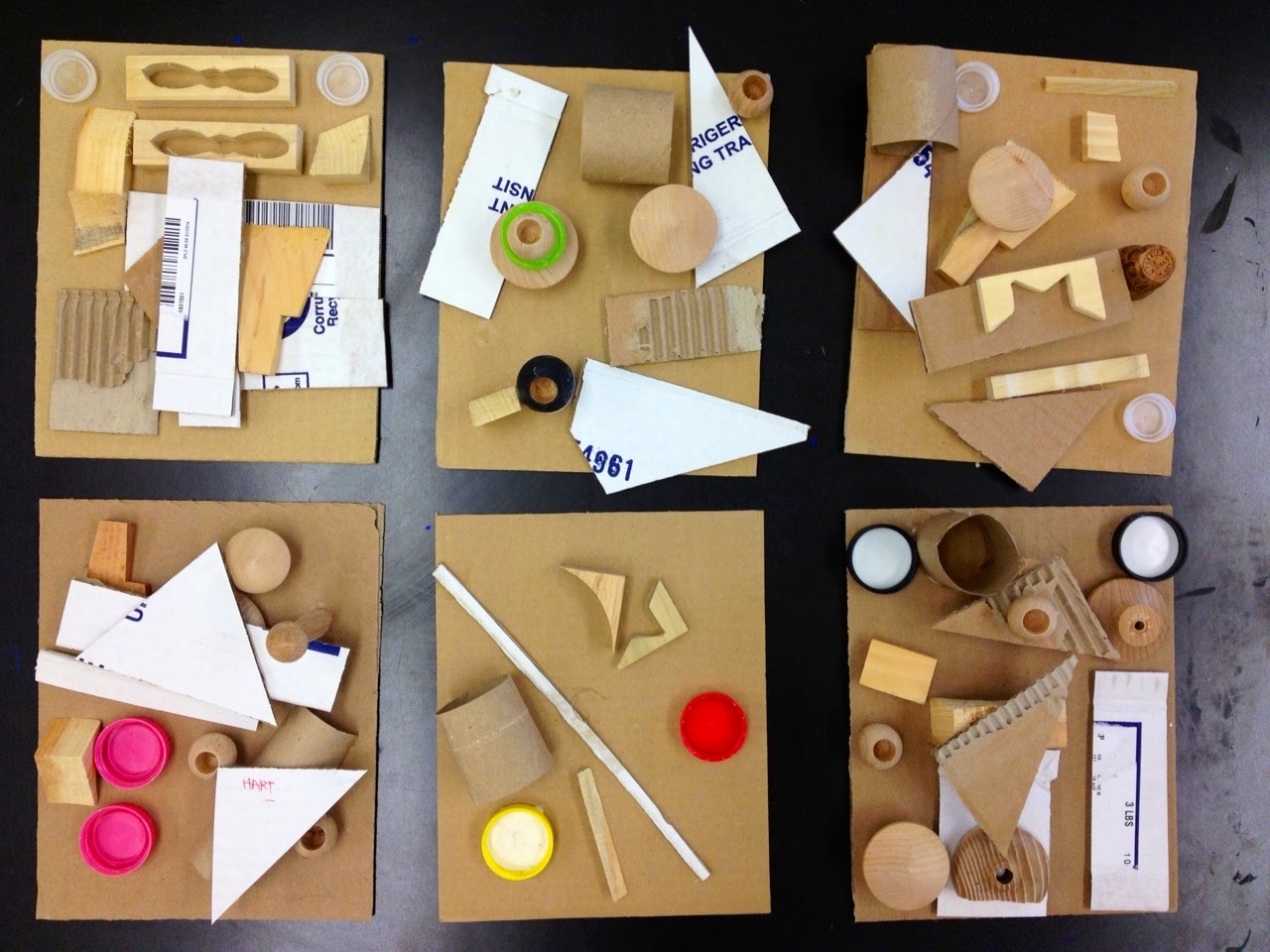 |
| Louise Nevelson, Royal Tide I (1960) |
 |
| Louise Nevelson, Moon Star Zag VIII (1981) |






Some of our assemblages will be displayed in the glass case on the first floor near the lobby when all the classes are done painting, so keep your eye out for them soon!

















































